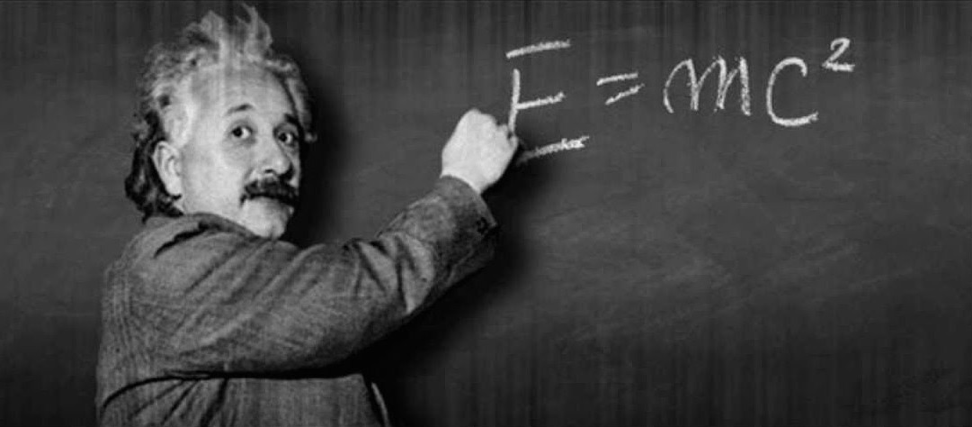The Innovation Equation (Harvard Business Review)
Why do good teams, with the best intentions and excellent people, kill great ideas?
When does the wisdom of crowds become the tyranny of crowds?
What could an equation possibly tell us about designing more innovative teams and companies?
Excellent questions.
For some answers, see my HBR article, “The Innovation Equation.”
For the backstory—and relevant wisdom from Sherlock Holmes—read below.
For everything else, there’s #Loonshots. March 19 (pre-order here).
Every year, glossy magazines celebrate the winning cultures of innovative teams. Covers show smiling employees raising gleaming new products like runners raising the Olympic torch. Leaders reveal their secrets. And then, so often, the companies crash and burn.
The people didn’t change; the culture didn’t change; yet suddenly, they turn. Why?
Articles and books on culture have always felt squishy to me. I hear culture, I think yogurt. My resistance to the usual after-the-fact analyses of culture comes from being trained as a physicist. In physics, you identify clues that reveal fundamental truths. You build models and see if they can explain the world around you.
And that’s what I’ve done in Loonshots: I show why structure may matter more than culture. A model of incentives and behaviors in organizations gives us an equation that can help us design more innovative teams and companies.
How can an equation possibly describe the behavior of people, teams, or companies?
Sherlock Homes, may have captured it best in The Sign of the Four:
“While the individual man is an insoluble puzzle, in the aggregate he becomes a mathematical certainty.”
A sudden change in the behavior may be a mystery in business, but a similar pattern is the essence of a strange quirk of matter called a phase transition.
Imagine a large bathtub filled with water. Hit the surface with a hammer: a splash, and the hammer slips through the liquid. Then lower the temperature until the water freezes. Strike again, and the surface shatters.

The same molecules behave like a liquid in one context and a rigid solid in another. Why? How do molecules “know” to suddenly change their behavior? What forces cause a system to suddenly snap?
Here’s why it matters: When we understand those forces, we can control the transition. On snowy days, we toss salt on our sidewalks to lower the temperature at which that water freezes. We want the snow to melt rather than harden into ice. We use the same principle to engineer better materials. Adding a small amount of carbon to iron creates a much stronger material: steel. Adding nickel to steel creates some of the strongest alloys we know: the steels used inside jet engines and nuclear reactors.
Loonshots applies a similar principle to identify the small changes in structure—rather than culture—that can help us engineer more innovative organizations.
How exactly does this help us solve the mystery of innovation?
One clue: the four control parameters of organizational design. Those are the parameters we adjust, like adding salt to water or carbon to iron, that will transform rigid teams and help radical breakthroughs flourish.
That’s the subject of “The Innovation Equation.”
And for the answer to the riddle of the rapidly collapsing company, and how to avoid that happening to you: stay tuned.


